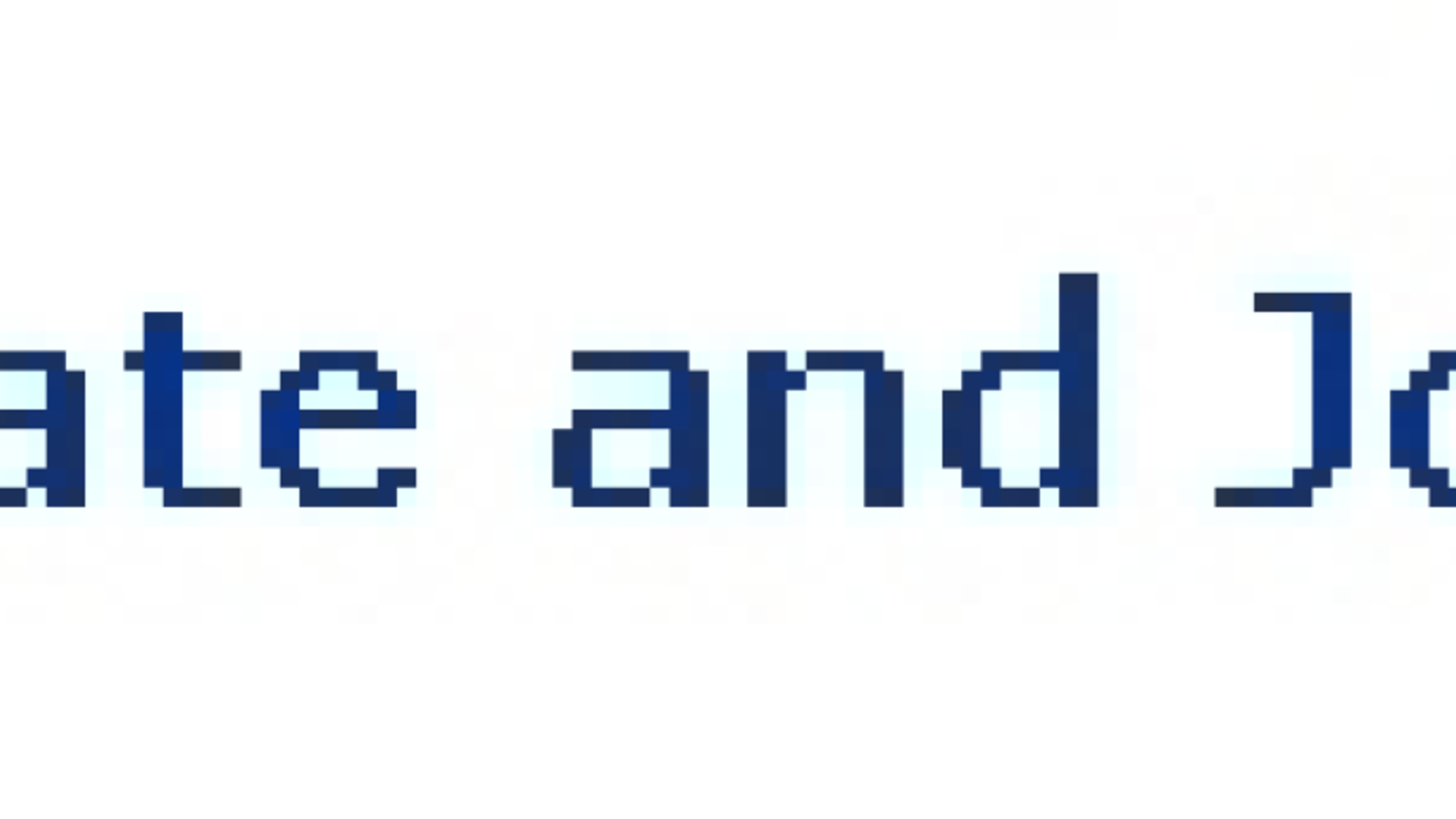Blog Pick(s) of the Month – July 2009
It is the first of August, so it’s time to award the Pick Of The Month award for July. There were 25 blog posts covering PLoS ONE articles aggregated on ResearchBlogging.org in July.
Again, this was a tough call. I could have gone with any of the three good posts about Matilda, Clancy and Banjo, or the tour-de-force by Orac on popularity versus reliability in medical research, or a really cool post by Anne-Marie Hodge about bats being deterred from wind turbines by radars. Or several others.
But then I noticed something really cool – two bloggers challenged each other to a Scientists’ Duel – a competition, judged by their readers and commenters, in writing a blog post about a peer-reviewed paper.
This is how it all started. Blogger that goes by pseudonym Toaster Sunshine on the Mad Scientist Jr. blog and another pseudonymous bloger Hermitage decided to face off in a duel of science blogging. They, with some help from readers, chose a paper to write about – a PLoS ONE article Unscented Kalman Filter for Brain-Machine Interfaces by Zheng Li, Joseph E. O’Doherty, Timothy L. Hanson, Mikhail A. Lebedev, Craig S. Henriquez and Miguel A. L. Nicolelis:
Brain machine interfaces (BMIs) are devices that convert neural signals into commands to directly control artificial actuators, such as limb prostheses. Previous real-time methods applied to decoding behavioral commands from the activity of populations of neurons have generally relied upon linear models of neural tuning and were limited in the way they used the abundant statistical information contained in the movement profiles of motor tasks. Here, we propose an n-th order unscented Kalman filter which implements two key features: (1) use of a non-linear (quadratic) model of neural tuning which describes neural activity significantly better than commonly-used linear tuning models, and (2) augmentation of the movement state variables with a history of n-1 recent states, which improves prediction of the desired command even before incorporating neural activity information and allows the tuning model to capture relationships between neural activity and movement at multiple time offsets simultaneously. This new filter was tested in BMI experiments in which rhesus monkeys used their cortical activity, recorded through chronically implanted multielectrode arrays, to directly control computer cursors. The 10th order unscented Kalman filter outperformed the standard Kalman filter and the Wiener filter in both off-line reconstruction of movement trajectories and real-time, closed-loop BMI operation.
They gave themselves a couple of days (of reader suspense) to write their offerings. And then they posted their articles simultaneously.
Toaster Sunshine wrote Optimizing Algorithms for Brain-Machine Interfaces:
Imagine waking up trapped in a prison of your own flesh, blinking awake in the dull glow of a softly bleached hospital room. Your arms and legs are unresponsive to the will to move them, to the simple desire to reach up and scratch the itchiness of morphine from your eyes. Nothing happens, nothing responds, nothing moves, nothing feels. You are an immobile head trapped on an unresponsive body, and no matter how loudly you scream against the walls of your confinement from inside your head, nothing happens.
Hermitage wrote Unscented Kalman Filter for Brain-Machine Interfaces:
I found this paper to be really interesting, and challenging. Unlike a boyscout I was not prepared, not a single of my dynamic systems and control books to be found. They’re probably on the ‘used’ shelf back in university going ‘haha sucker, you probably wish you hadn’t sold us back now!!!!’ However, I was a little surprised with the comparisons they used. While the 1st Order Kalman and Wieiner filters may be ‘standard’, I didn’t find it in any way surprising that a quadratic model with memory states would outperform them for such a complex task.
They gave their reader 72 hours to vote by allocating 100 points the way they liked. And then they announced the winner: Hermitage won, narrowly (205 to 195 points), and ToasterSunshine was gracious in defeat.
And now they are encouraging other science bloggers to do these kinds of duels. I love the idea, of course, especially as Open Access papers are particularly well suited for such contests, being freely available to both the bloggers and their readers.
So, which one of the two did I pick for our prize? Well, both of them, of course. The post by ToasterSunshine is targeting lay audience, while the one by Hermitage has more scientific detail. They work together wonderfully well!
So, congratulations to both ToasterSunshine and Hermitage as well as the authors of the article. I have notified the winners and their prizes are on the way. I hope you read both posts and add comments of your own, and then go to the article itself to read it and post comments, notes and ratings there as well.
And I also hope that other bloggers will do similar duels and choose PLoS ONE articles for those in the future.
